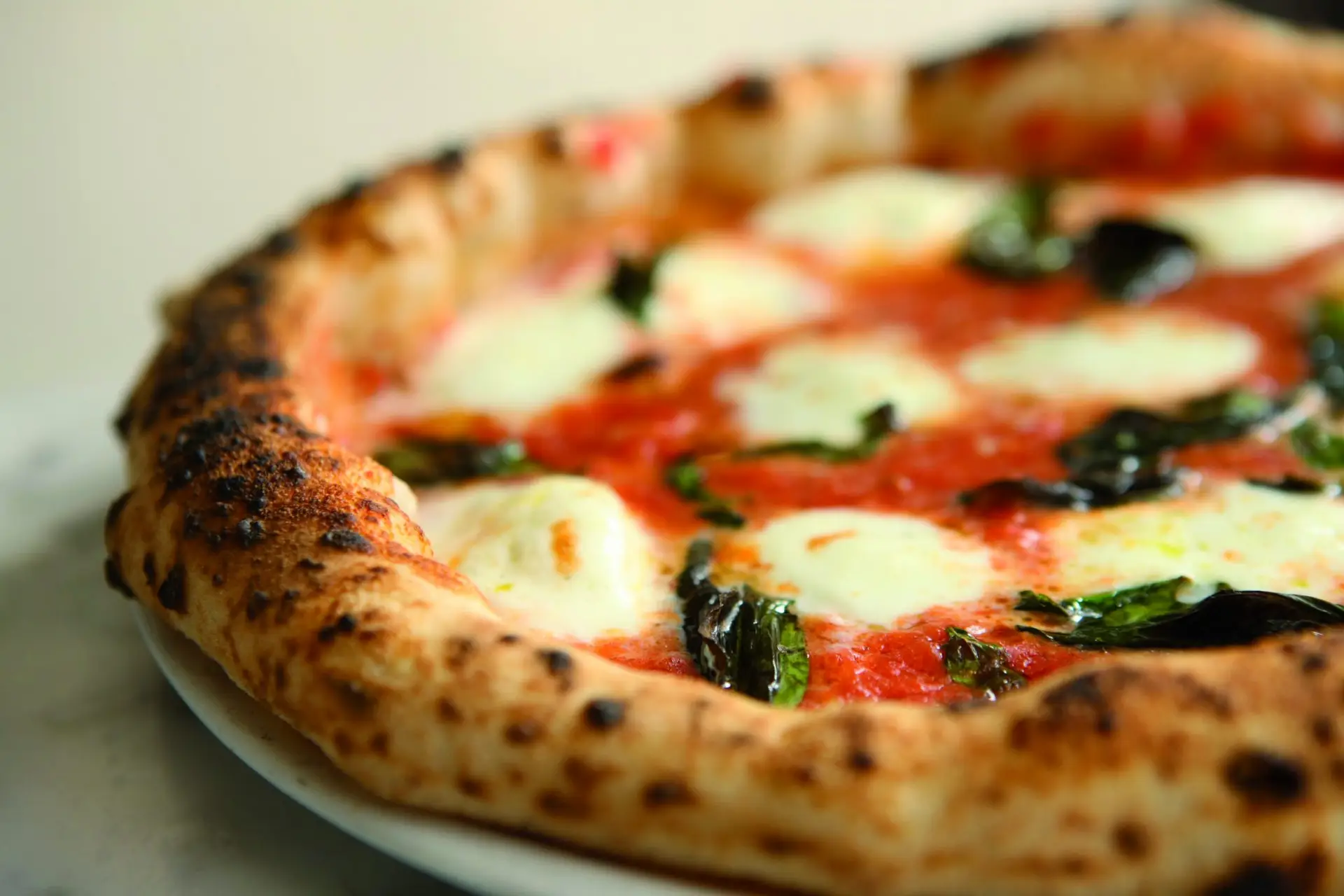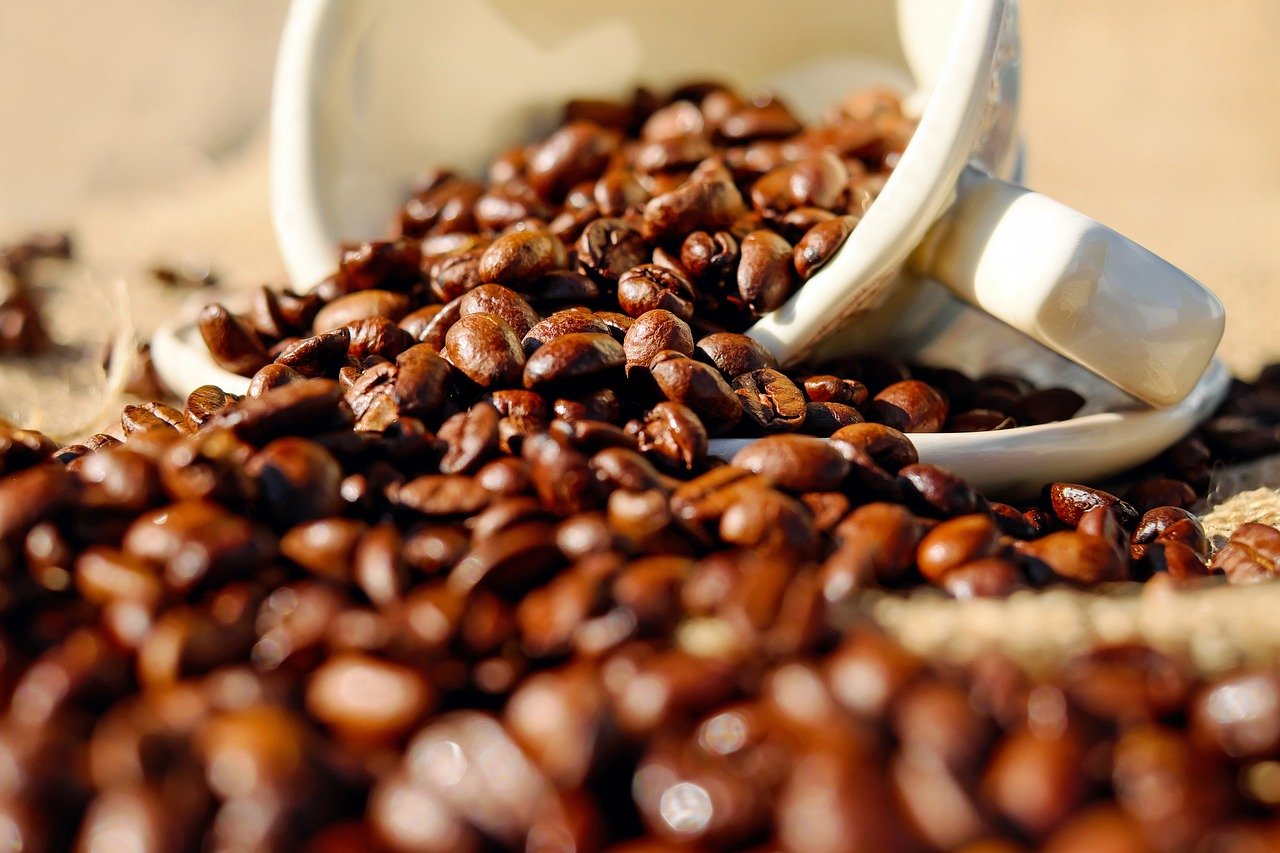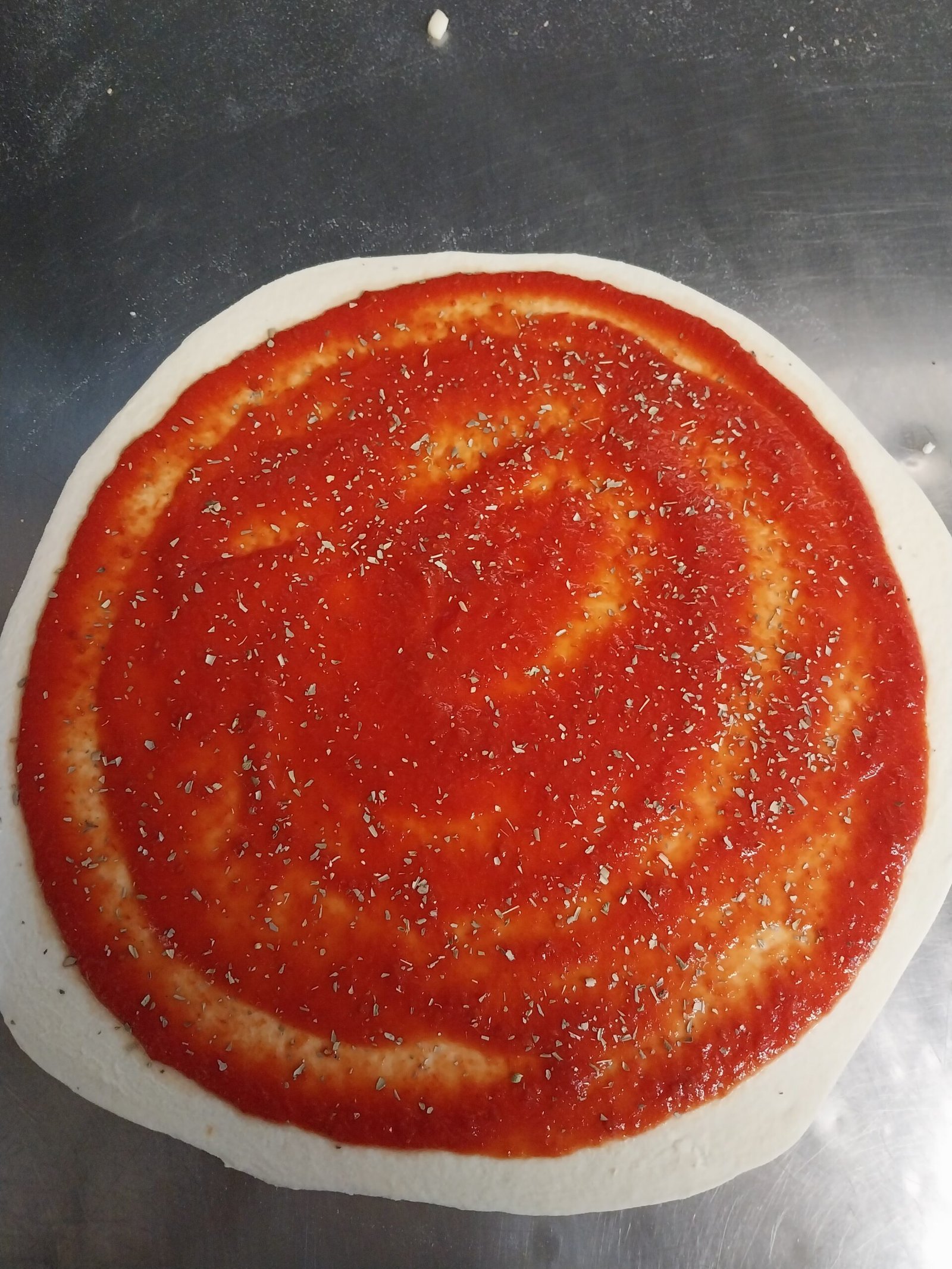
How to Craft the Perfect Neapolitan Pizza Dough: A Step-by-Step Guide Everything You Need to Know
A New Yorker thin crust pizza, depending on how well cooked, can be doughy and pasty with a slightly chewy center and crispy exterior, and a good crust crunch and slightly charred base is a dream for any foodie. The focus I find most interesting, and the part that is central to the process but receives woefully little attention, is the dough: a piece de resistance of raw and refined. To prepare a genuine Neapolitan pizza dough, the technique is somewhat particular, as for the components and the ratios that have to be combined using a recipe. I suggest that “we should begin now, especially with our goal of attempting to refine one of the most fundamental features of Italian food.”
History
Neapolitan pizza originated in the city of Naples, Italy, and it was a plain employees’ staple in the 18th century. Called that pizza from which a crispy crust and a small layer of toppings are distinguished, it was quickly liked and someday received the status of the UNESCO Cultural Non-Material Heritage. Its popularity is probably owed to the dough, which must be perfect to be able to stand up the succulent San Marzano tomatoes, creamy mozzarella cheese, and fresh basil.
Ingredients
- 500g (about 4 cups) Italian 00 flour (or bread flour if unavailable)
- 300 ml (about 1 1/4 cups) water, at room temperature
- 10g (about 2 teaspoons) sea salt
- 1 gram (about 1/4 teaspoon) active dry yeast
Instructions
- Mixing: Sieve the flour and salt and then pour it into the kitchen assistant with a large mixing bowl. To introduce such a large assortment of carriages needing to be built with great scale, it is necessary to build in the center a very very big [well]. To activate the yeast, add the water and then mix this with the well made with the flour. With your fingers or a wooden spoon, try to mix the flour and the water-yeast mixture. Mix and knead the flour and potter until rough dough is built up.
- Incorporating: these parts of a specimen are extruded out from the vessel into another flat surface, which, when clean, is lightly dusted with flour before. In either way, it is in this section of the book that the actual process of magic seems to happen. Mix with intervals for about 10 – 15 minutes, by that time the dough should be smooth, elastic, and sticky. The stretching of the dough is also done here and when the gluten has formed, the dough gets a very good texture. Using the palm of your hand, turn the dough towards you and fold it in half.
- Resting (First Rise): After kneading, put the dough into a round and put the dough in an oiled bowl. If you have one available, then cover with a lid if not use a plastic wrap or a clean kitchen towel that has been dipped in water. Dough proof at room temperature for about 1 to 1 1/2 hours until doubled in size. The period of rest also helps the yeast to ferment and produce the requirement of CO2, which makes small pockets on the dough and thus crust is made light.
- Portioning: This should be done on occasions when the dough has risen up, and sagged it down for the sake of discharging the air. As we need to prepare more than one pizza, meaning that the dough should be divided in as many pieces of pizza as you would like to prepare: to bake 3 large pizzas, you divide the dough into three portions or divide it into four portions if you wish to have four normal pizzas. It also guarantees that each of the pizzas will be of the right thickness and texture that you will prefer.
- Shaping: The pieces of dough are shaped one at a time, and a ball is formed by tucking the edges under. Then, using your hands, stretch it gently into a disk shape, leaving some lip and a slightly thicker border around the edge. This border will become the crust of your pizza and provide it with an interesting bite.
- Resting (Second Rise): The formed dough balls should be placed on a floured surface or parchment paper-covered cookie sheets to let them rise for about 30 minutes to 1-hour time range after they have been covered with a clean kitchen towel or plastic wrap. This makes it more flexible, hence easier for stretching and shaping.
- Stretching: Set your oven and pizza stone or steel at their maximum temperature settings—usually around 500°F to 550°F (260°C to 290°C)—while taking out one dough ball at a time. With utmost care not to over-deflate the dough, proceed next gently stretching and molding it into a very thin round disc.
- Topping and Baking: Now comes the topping portion which is really enjoyable! Bear in mind that Neapolitan pizzas usually have light toppings made using exquisite quality basic products. You should make sure that there is enough space left on the opened-up dough for your toppings. Don’t pile up too much, as this may cause droop on crusts, rendering them unachievable black charred surface types you want for pizza doughs. Finally, slide your pizza peel under them.
- Finishing touches: After baking, remove the pizza from the oven and let it rest a bit before slicing. Serve topped with fresh basil leaves, a little olive oil, and sea salt. It really takes it that one step further from just being a nicely cooked pie to something truly unforgettable.
Traditional vs Not
Tradition is important to Neapolitan pizza making but dang don’t be shy about experimentation and personalization of your dough recipe. Play around with the hydration, use different types of flour and you might come to some interesting conclusions. But as ever, with food we get to be creative so make this your recipe!!
Delicious Ingredients
Good Neapolitan pizza dough requires delicious ingredients. Try using Italian “00” This type of flour is ground fine and lower in protein, resulting in a tender crust. As well, choose sea salt and fresh yeast for the best flavor and texture. Quality ingredients are key to upping your pizza-making game.
Practice, Practice, Practice
As with all aspects of cooking, the art of Neapolitan pizza dough takes time to learn. If the first few trials aren’t just right, don’t get discouraged! Start, then learn and improve with each batch of dough. Learn to love the process, stay curious, and never stop growing as a creative.
Dishonesty and Tradition
This part is hard, you want to cut some corners in doing the pizza when it comes to tradition because, hey, 10 hours of fermentation wow but no try, hold on with everything authentic Neapolitan. Every action, from the type of flour to how the dough is kneading and formed, must be followed with attention that takes you through a perfect Neapolitan pizza. Though paying homage to centuries-old Italian culinary heritage, honoring tradition.
Share the Experience
Probably one of the best things about making Neapolitan pizza dough is sharing the experience with others. Invite some buddies or relatives into the kitchen and let the fun of pizza-making begin. From kneading the dough to tossing the toppings, not to mention the final result, the memories that have been made will last a lifetime.
Never Stop Learning
The love for pizza never shuts you off from learning and researching. Seek help from books, online tutorials, or even cooking classes in the very methods of making Neapolitan pizzas. Always be open, and curious, ask questions, and never stop chasing perfection.
Sustainability and Mindful Choices
As one embarks upon creating the ideal Neapolitan pizza dough, it becomes important to focus on the kind of ingredients and processes used, which also help in mitigating a carbon footprint. Use organic and locally produced flour as much as possible in support of agricultural ways for friendly environments while greatly reducing carbon emissions from transportation. Another area where one could get creative is food wastage: extra dough and abundant seasonal toppings could find a way back one way or the other.
Community and Connection
Other than in a kitchen, Neapolitan pizza has an incredible ability to bond people. Be it the pie shared with buddies at the corner pizzeria or homemade pizza night with family and friends, the communal experience of breaking bread tightens bonds and creates treasured memories. Join in the spirit of generosity and hospitality at the heart of Italian dining.
Culinary Creativity
There may be a traditional recipe for Neapolitan pizza dough, but it definitely gives great scope to creativity and innovation in the kitchen. Try peculiar combinations of flavors with an artisanal cheese and seasonal produces, finished off with your flair. After all, that is the beauty of pizza: it will accommodate both the taste of the absolute purist and the culinary maverick.
Global Inspiration
Although Naples is considered the land of pizza’s origin, its appeal has taken it across borders to be a global meal option. Inspire yourself by international culinary customs and add worldwide tastes and methods to your Neapolitan inventory. From toppings inspired by Mexican flavors to bangoli sauces, everything depends on how far one’s imagination can get.
Further Exploration
Your journey with mastering Neapolitan pizza dough is never actually complete. As you continue in the craft and further your repertoire, stay inquisitive and adventurous in the pursuit of pizza excellence. Whether that involves exploring new methods of fermentation or working on the dough stretching technique, it’s all a lifelong process that has variations as endless as the world of toppings.
That being the case, the art of making Neapolitan pizza dough calls only for patience, practice, and profound respect for simplicity. With the help of this step-by-step guidebook, you’ll be baking up your very own Neapolitan pizzas in no time, all right on target to prepare exquisite pizzas of quality comparable to those coming from those very busy pizzerias in Naples. Buon appetito!

Daudul Islam
I arrived in Italy in 2019 on a family visa. I have gained new experiences after coming to Italy. I am a professional pizza maker. I’m a resident of Italy. I can speak Italian well. I have an Italian driver’s license. I have created Diary Italia to make your way easier.





